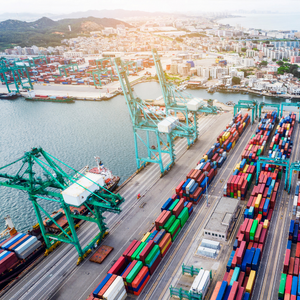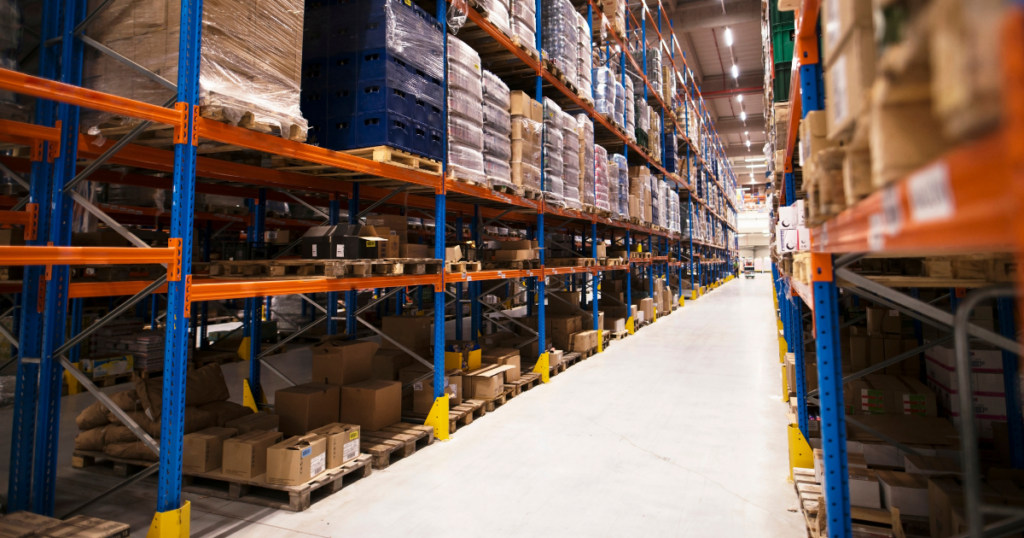La Salle University
What consumers can expect this holiday shopping season
La Salle experts weigh in on the current supply chain crisis
The U.S. supply-chain bottleneck is about to get even tighter—and at one of the most-inopportune times.
A few of the nation’s biggest ports are experiencing a surge in the number of anchored container ships waiting to offload cargo. What’s to blame? Reports suggest these ports are lacking skilled workers, plus the demand for consumer goods is soaring. (In fact, more than half of Americans anticipated shopping for holiday gifts before Thanksgiving.)
To boot, shipping delays might result in late-arriving gifts this holiday season.
So… what does all of this mean for the holiday shopping season? Three experts from La Salle University’s School of Business offered explanations:
- Swee-Lim Chia, Ph.D., an associate professor of marketing and the department’s co-chair who studies retail management and customer satisfaction
- Meghan Pierce, Ph.D., an associate professor of marketing who studies consumer behavior
- Madjid Tavana, Ph.D., professor and chair of business systems and analytics, whose work explores supply chain management
What is a supply chain, and how has the pandemic affected it?
Tavana: “A supply chain is a complex system composed of suppliers, manufacturers, distributors, retailers, and customers. There is a great deal of communication, coordination, and cooperation between these components in a supply chain. The pandemic has disrupted the communication and coordination in the global supply chains. This has created a perfect storm.”
Chia: “Supply chain disruption is not new, nor unusual. It happens from time to time in every industry. For example, a hurricane on the gulf coast might disrupt the energy industry. Or a drought might cause a disruption for certain crops. Those disruptions are typically limited to particular industries and by a specific event. What we are seeing today is a massive disruption across almost all industries. Every day, it seems like we hear about another industry with a supply chain issue.”
Pierce: “There is pent-up demand when consumers begin reengaging with the marketplace after a period of decreased spending. Many consumers changed their spending in the first year of the pandemic due to lost jobs or having fewer places to spend due to lockdowns. Additionally, the labor shortage has had visible and invisible consequences, from understaffed places of business to fewer workers who are manufacturing components or managing logistics like freight loading or truck driving.”
What’s the result? Will we see high demand and low supply this holiday season?
Pierce: “Retailers, the media, and even the White House are preparing us for this possibility. Many retailers are working to get ahead of the holiday season by releasing holiday items earlier and offering incentives and discounts to buy ahead of the typical rush. Whereas the typical advertising of holiday items occurs after Halloween, you may have noticed holiday merchandise hitting the retail space in September and October this year. Early release of holiday merchandise is also a strategy to try to ensure that consumers will shop with a particular retailer over their competitors.”
Tavana: “In some cases, demand has not recovered. And where the demand has recovered, some suppliers are facing significant supply shortages for certain parts. Even if there were not any problems on the demand side, there would still be many challenges on the supply side. Capacity is very constrained, there are transportation problems worldwide, shipping costs have skyrocketed, and everyone is experiencing a labor shortage. These supply chain problems have now contributed to higher prices across the board. Customers want low prices, and companies cannot charge more because of competition.”
Do supply chain issues affect online and brick-and-mortar commerce equally?
Pierce: “In a brick-and-mortar experience, consumers may receive more visual cues that indicate supply chain issues, such as empty shelves. Online retailers have the advantage of removing content from their website or redirecting consumer attention with more ease, but they have the pressure of shipping to ensure customers receive their items before the holiday. Retailers with an omnichannel presence will be best positioned to offer customers a more seamless holiday shopping experience.”
Will it help to budget more time for shopping and shipping?
Chia: “Shopping early would help. But I expect a lot of people are going to be disappointed and frustrated this holiday shopping season, including the retail industry. Things are going to run out more quickly, and shelves are going to be empty a lot more often.”
Pierce: “Budgeting more money and time can be one strategy for consumers who have particular items on their shopping list, who are organized, and who have more financial resources. However, shopping early may put you at risk of overbuying. I think we will also see a surge in substitutions. Last year, for example, when travel gifts were down, consumers switched home entertainment items such as exercise equipment and trampolines. If what you are looking for simply isn’t available or if the price is prohibitive, look for alternatives.”
Are there other workarounds that might help the average consumer this shopping season?
Pierce: “One is to circumvent the pressure to buy hot ticket items. Consumers may consider purchasing handmade toys and crafts from local holiday markets or buying experiential gifts.”
Chia: “Consumers are going to have to be more flexible and be ready with alternative gift ideas when they do their holiday shopping this year. This might be the time to dust up those crafting skills we might have long forgotten and think about homemade gifts.”
Is there any end in sight?
 Chia: “No, most supply chain analysts believe it might take 10 to 12 months before we start to see things getting back to normal. The problem is the pervasiveness of the disruption, and this has created bottlenecks throughout the supply chain in just about every industry.”
Chia: “No, most supply chain analysts believe it might take 10 to 12 months before we start to see things getting back to normal. The problem is the pervasiveness of the disruption, and this has created bottlenecks throughout the supply chain in just about every industry.”
Tavana: “I expect the global supply chain problems to disrupt the economy for the next year, maybe longer. I think we will experience shortages and higher prices over the holidays and at least the first half of 2022.”
—Christopher A. Vito
